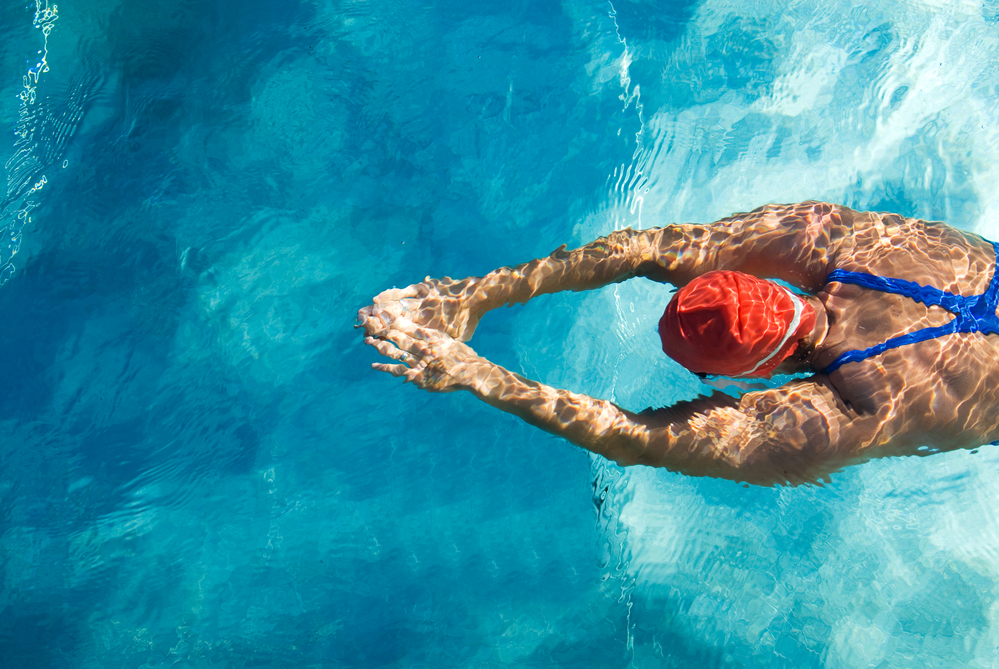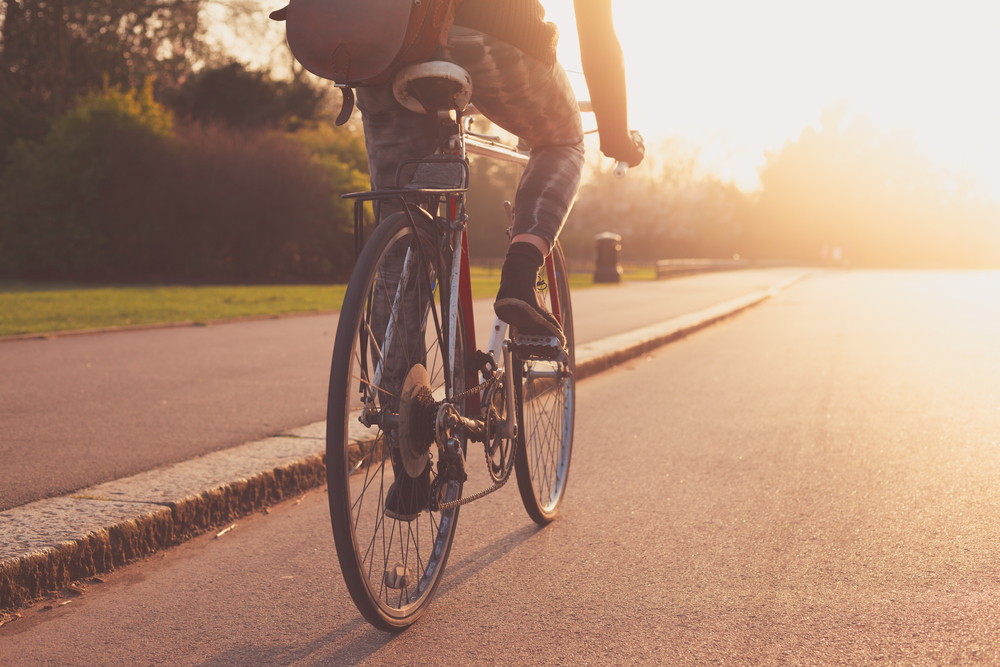Gym rest days should be all about rest and recovery. This rest and recovery can be active though. You don’t have to be sitting around doing nothing, twiddling your thumbs, waiting for your next workout to come around.
In fact you’re more likely to achieve your goals, whether this is fat loss or an increase in strength/ muscle hypertrophy. Consistently good habits in the short term, always lead to better prospects in the long term.
In this article I will talk about what Active Recovery actually is, the benefits of it, and examples of it. The information in this article is going to be super useful if you are starting to maybe feel the effects of overtraining and are experiencing fatigue or you’re not sure what you can and can’t do on rest days.
What is active recovery?
An Active Recovery workout is defined as performing low-intensity exercise and low-impact exercise that allows an increase in blood flow to help with muscle repair after a strenuous workout. Active recovery should promote recovery rather than intensity and fatigue.
Active recovery is appropriate when you need a rest day from your training and it should not mimic the exercise you have done.

For example, if you have been lifting weights, you should focus on light cardiovascular exercise on your rest day. If you are doing lots of running and training for a 10k or Marathon for example, your active rest day should not consist of any running. Ideally, cycling or swimming as these are low-intensity and also low-impact options.
Can you run on rest days?
If you are a runner or training for a running event then the answer here is no. Running is a very high-impact sport, so rest days should be about taking the weight off of your feet and out of your legs. Cycling and swimming will always be your best options here.
If however, you are not a runner and you predominantly lift weights, for example, then a light easy run can be beneficial to increasing blood flow on rest days as well as keeping your cardiovascular system healthy.
What other activities are good on rest days?
Rest days can look different to everyone. Sometimes someone may need a passive rest day. A full day of no movement to fully take their mind away from exercise and to reset mentally. Active recovery days help with the recovery and strengthening our bodies need from the workouts we are doing. Increased blood flow and slightly elevated heart rates help reduce inflammation in our muscles and joints. They also give us a chance to work on our cardiovascular fitness and health as we are working in an aerobic state.
Low-intensity and low-impact exercises are really effective for an active recovery.

Examples include, swimming, cycling and walking. Swimming doesn’t have to be lengths; it can be playing with the kids in the baby pool, going down the slides or playing water polo or other games. Cycling can be on a static bike in the gym or a mountain/road bike outside.
Boris bikes even count here as well and walking can either be on a treadmill or outside in the fresh air. There are options for everyone, no matter how much time you have, your equipment access or even the weather.
What are some good post-exercise recovery techniques for rest days?
Rest days don’t have to be boring. They have to be done – but not boring.
Any low-intensity movement will help you achieve your goals in the long term without you overtraining or experiencing fatigue that could set you back.
Exercise such as yoga or pilates are a great way of moving your body and increasing blood flow but not adding too much stress. Foam rolling, massages and being stretched by someone else also fall into this category. Finding which option works best for you and you enjoy and look forward to doing will be key to consistency and creating good habits around your active recovery.
If you’re interested in personal training and would like to know what a workout/recovery schedule could look like here at Fitness Lab, we’d love to hear from you!
